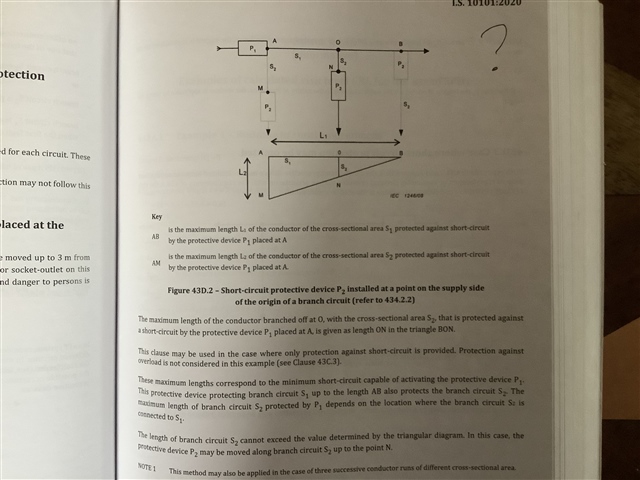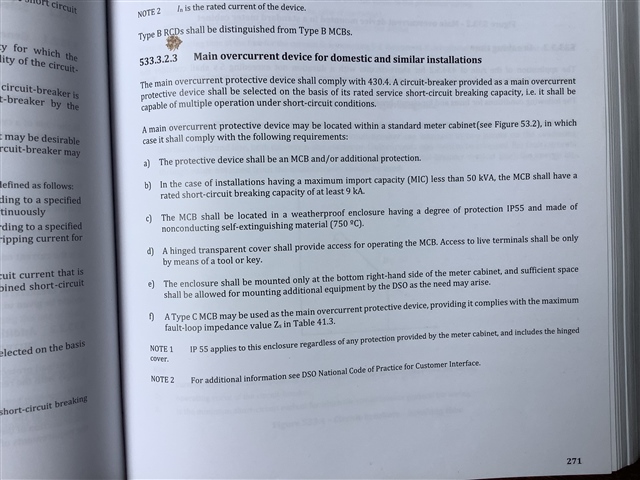Hi, what are the requirements when a consumer unit is to be located where the mains tails are more than 3m from the cut-out? Quickly searching online it seems that a switched fuse unit (60A, 80A, 100A as applicable) is required after the meter? Does anyone know the regulation number in BS7671? Some have mentioned taking high voltage drop and Ze into consideration for a long run. Is SWA usually used? It is safer and could be buried in a wall if needed couldn't it? Mains tails are a bit dodgy anyway as contacting the line you could get the full PFC so I prefer the idea of the earthed armouring. 25mm 3-core SWA at CEF is about £13 per meter. I guess that's what happens in blocks of flats?
In this installation, the current position of the intake and CU is in the kitchen. They would like it moving under the stairs if possible which would mean a 5 or 6 meter run from the kitchen, up above ceiling, across and down into the under-stairs cupboard. I could potentially take an alternative route behind the kitchen units. Thanks.


